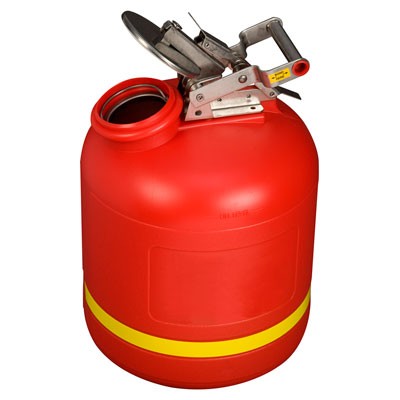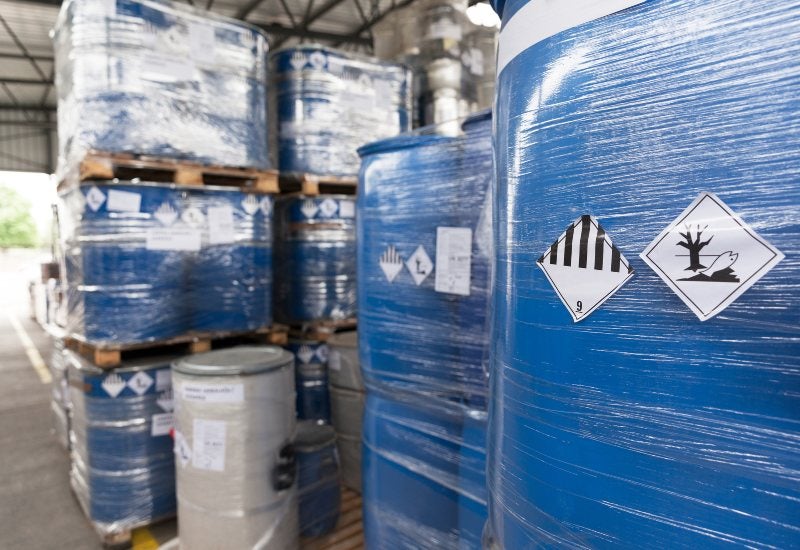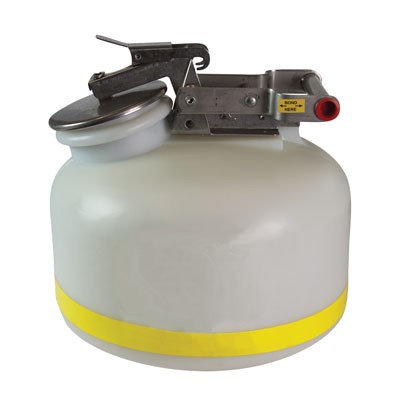Innovative Industrial Wastewater Treatment Solutions: Safeguarding the Atmosphere
Innovative Industrial Wastewater Treatment Solutions: Safeguarding the Atmosphere
Blog Article
Exactly How Liquid Garbage Disposal Functions: A Comprehensive Summary of Techniques and Technologies Used

Introduction of Fluid Waste Kind
The intricacy of liquid waste kinds demands a comprehensive understanding of their qualities and implications for disposal. Liquid waste can broadly be categorized into numerous kinds, including industrial, municipal, agricultural, and contaminated materials. Each group shows unique residential properties, needing certain administration techniques to minimize ecological and health and wellness dangers.
Industrial liquid waste stems from making processes and typically includes a range of impurities, such as heavy steels, solvents, and organic substances. Community liquid waste, largely making up wastewater from families and industrial establishments, has raw material, nutrients, and virus (industrial wastewater treatment). Agricultural liquid waste, consisting of overflow from farms, might include fertilizers, pesticides, and pet waste, positioning risks to water high quality and communities
Unsafe liquid waste is defined by its poisoning, reactivity, or prospective to create harm. Comprehending these varied liquid waste types is vital for creating efficient disposal techniques and ensuring compliance with environmental guidelines.
Physical Therapy Methods

Testing is the preliminary step, where bigger fragments and debris are removed from the fluid waste utilizing screens or grates. In sedimentation tanks, larger bits work out at the bottom, creating a sludge layer, while the cleared up liquid can be further treated.
Purification is an additional essential technique that involves passing the liquid through porous products, such as sand or membranes, to capture smaller sized fragments. This step boosts the high quality of the liquid, making it ideal for subsequent therapy procedures.

Chemical Treatment Strategies
Chemical therapy techniques are necessary for successfully managing liquid waste, especially in addressing liquified and colloidal impurities that physical methods might not appropriately get rid of. These strategies utilize different chemical representatives to reduce the effects of, speed up, or transform harmful substances into much less harmful kinds.
One common technique is coagulation and flocculation, where chemicals such as alum or ferric chloride are included in promote the aggregation of suspended fragments. This process improves sedimentation, permitting for easier removal of the resulting sludge. Furthermore, oxidation procedures, employing agents like chlorine or ozone, are utilized to damage down intricate organic substances and pathogens, making the waste more secure for discharge or more therapy.
Neutralization is another vital technique, which readjusts the pH of acidic or alkaline waste streams to neutral degrees, protecting against potential harm to downstream systems and the atmosphere. Moreover, advanced oxidation procedures (AOPs) make use of mixes of oxidants and ultraviolet light to degrade persistent pollutants, attaining a higher degree of treatment efficiency.
Biological Treatment Processes
Organic therapy procedures play a critical role in the management of fluid waste by using bacteria to disintegrate natural issue and minimize pollutant levels. These procedures can be broadly classified right into anaerobic and cardio therapies, each using specific microbial communities to attain reliable waste destruction.
Cardiovascular treatment entails making use of oxygen to facilitate the failure of natural products by germs. This process is generally applied in turned on sludge systems, where oygenation storage tanks offer a conducive environment for microbial development, causing the oxidation of natural contaminants. The resultant biomass can be divided from dealt with effluent with sedimentation.
On the other hand, anaerobic treatment happens in the absence of oxygen, counting on various bacteria to damage down organic matter. This technique is specifically helpful for high-strength waste, as it creates biogas, a sustainable energy resource, while minimizing sludge production. Technologies such as anaerobic digesters are regularly used in metropolitan and industrial applications.
Both aerobic and anaerobic biological therapies not only blog here minimize the ecological impact of fluid waste but also facilitate resource recuperation, making them crucial elements of lasting waste management strategies. Their effectiveness, effectiveness, and flexibility support their extensive execution across various fields.
Emerging Technologies in Disposal
Innovative techniques to fluid garbage disposal are rapidly evolving, driven by innovations in technology and a boosting focus on sustainability. Amongst these emerging technologies, membrane layer bioreactors (MBRs) have acquired traction for their capability to incorporate organic treatment with membrane layer purification, causing high-quality effluent that can be reused in different applications. MBRs allow smaller sized footprints and much more effective operations compared to standard systems.
One more promising development is making use of anaerobic digestion combined with nutrient healing innovations, which not just deals with fluid waste yet additionally creates biogas and recoups useful nutrients like nitrogen and phosphorus. This double benefit improves resource efficiency and reduces environmental influence.
Additionally, advanced oxidation processes (AOPs) are being adopted for the destruction of intricate organic contaminants. These approaches make use view it now of effective oxidants and drivers to break down impurities at the molecular degree, providing a very efficient service for challenging waste streams.
In addition, the assimilation of expert system and artificial intelligence in waste administration systems is optimizing functional effectiveness and predictive upkeep, causing decreased prices and enhanced environmental conformity. These innovations mirror a considerable shift in the direction of more efficient and lasting liquid waste disposal techniques.
Conclusion
Finally, reliable liquid garbage disposal necessitates a thorough understanding of different strategies and modern technologies. The assimilation of physical, chemical, and organic therapy methods makes certain the efficient monitoring of diverse waste types. Furthermore, the introduction of innovative innovations enhances treatment efficiency and advertises sustainability in waste management techniques. By continuously advancing these techniques, it becomes feasible to attend to the growing difficulties related to liquid waste, eventually adding to environmental defense and source recuperation.
Liquid waste disposal is a critical element of ecological monitoring, calling for a thorough understanding of various techniques and technologies tailored to different waste types. Liquid waste can broadly be categorized into several types, including industrial, community, agricultural, and dangerous waste. Agricultural liquid waste, including runoff from farms, may contain fertilizers, chemicals, and pet blog waste, posturing threats to water top quality and ecosystems.
Various physical therapy approaches play an essential duty in handling fluid waste successfully - industrial wastewater treatment.In final thought, effective fluid waste disposal demands a detailed understanding of various techniques and technologies
Report this page